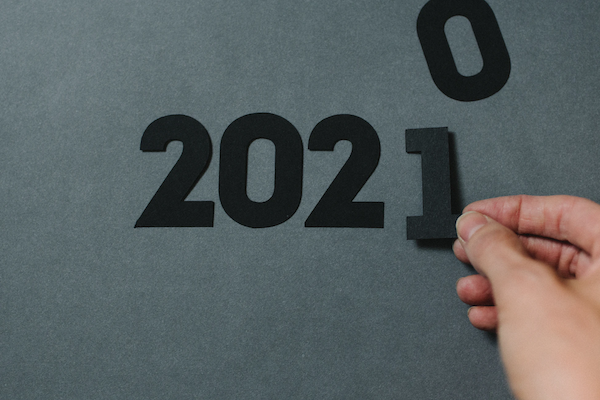As 2021 rapidly chugs along, I thought it would be a good idea to talk about some of the trends that seem to dominate this very weird year. Despite the lock downs and waning pandemic, marketing is still a mainstay when it comes to driving demand through education and enticement. According to an article in SearchEngineJournal titled “10 Top Digital Marketing Trends to Watch Through 2021”:
“This past year, digital transformation became a reality for businesses of all kinds as the global pandemic accelerated the pace of change by years.
The future trends you were using to guide your digital marketing strategy previously may now be outdated, while entirely new issues have sprung up to command our attention.
Consumer needs and behaviors have dramatically changed.”
The article goes on to list the following trends:
- “Digital Changes in Consumer Behavior Are Here to Stay”
McKinsey found that the pandemic accelerated ecommerce adoption by 10 years in just 3 months. In fact, 60% of companies across sectors witnessed new buying behaviors over this past year. - “Marketers Need to Get Ahead of Consumer Demand with Real-Time Insight”
Consumers are explicitly telling brands about their wants, needs, and intent in search queries and onsite behavior. If your organization isn’t set up to listen to, analyze, and then activate these insights with real-time personalization, you’re missing out on a massive opportunity to connect and engage. - “Improving Content Velocity and Quality to Get the Edge”
If you’re putting painstaking work and attention into your content but only able to publish once a month, you’re missing out on so many opportunities to appear in search, social, email, and other channels when compared to your more productive competitors. - “Customers Are Looking to Brands to Deliver Connected Digital Experiences”
In its recent State of the Connected Customer survey, Salesforce found that 80% of customers believe the experience they have with a company is just as important as its products and services. - “Intelligent Automation in Digital Takes Us Beyond Simple Replication”
A key digital trend is that the number of consumer interactions and touchpoints has ballooned. The volume of data we have to analyze has exploded. As a result, deep learning, machine learning, natural language processing, and robotic process automation (RPA) are all finding their way into SEO and digital marketing workflows. - “First-Party Data Grows in Importance and Value”
As Google plans to phase out third-party cookies, PPC and SEO pros alike are scrambling to strategize for a cookieless future. In fact, 46% say cookie depreciation is their top challenge in media for 2021. As ad targeting and behavioral analysis are set to become more difficult, the value and importance of first-party data is clear. - “Hyperlocalization Moves Beyond Geography”
In addition to localizing content by geography – sharing information about local landmarks on your GMB profile, creating unique blog content by location, targeting ads by location – getting hyperlocal means understanding what truly matters to customers in any given location. - “PPC and SEO Deepen The Bond”
SEO and PPC synergy must go beyond sharing data and results back and forth. The current environment requires proactive planning and a shared commitment to providing the best possible answer to each consumer’s need, at every step in their journey to purchase. - “Semantics, Entities and the Knowledge Graph Driving Greater Relevance”
As Google furthers its understanding of searcher intent with its Knowledge Graph, it is important that marketers and SEO pros keep pace. This is what SEO is all about – we can’t possibly optimize content without having at least a base understanding of what Google is looking for. - “The Way We Work Has Been Transformed”
COVID-19 drove workforces out of the office en masse, and there’s no rush to return to the way things were. The pandemic forced us to innovate and problem-solve quickly. It pushed us past the technological and interpersonal barriers that had kept the pace of remote work adoption relatively slow.


Recent Comments